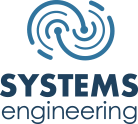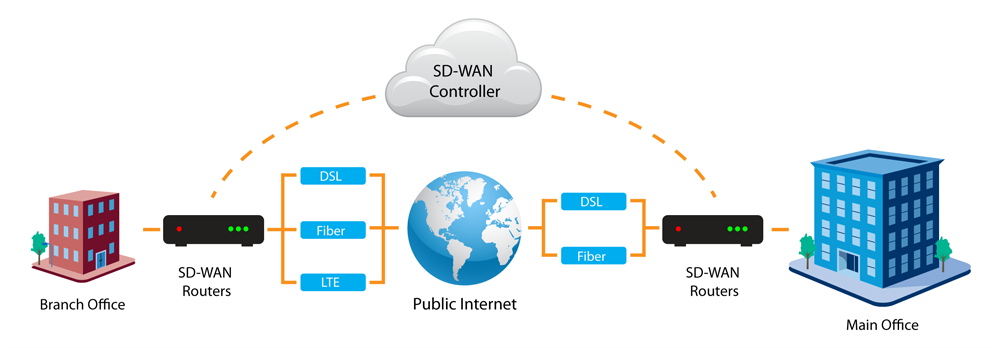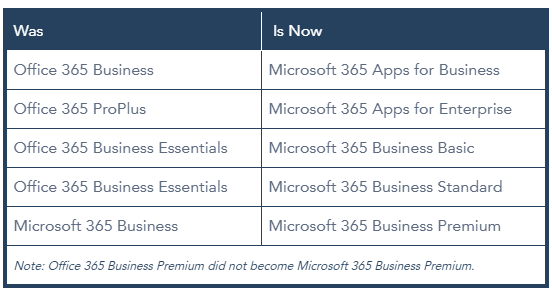Business networks are changing rapidly. Mobility, the cloud, and the Internet of Things (IoT) are giving organizations across the globe the opportunity to reevaluate efficiencies and security. Software Defined Wide Area Networks, or SD-WAN, is answering the call. This concept provides greater flexibility to manage the ever-increasing need for bandwidth as organizations look to securely connect remote offices, cloud applications, and cloud servers.
Current events have forced many businesses into quickly enabling staff to work from anywhere at any time. Desktops were replaced by laptops that could be taken home, staff using personal devices to access company data, and quick adoption of cloud and mobile apps. The ability to keep your business running took precedence over strategic planning, and now is the time to enable your remote workforce to be productive and secure. This mobile workforce evolution comes with many benefits, but if it’s not approached with careful thought and planning, it can also come with a unacceptable level of risk.
An ancient proverb says, "If you have a problem that can be fixed, then there is no use in worrying. If you have a problem that cannot be fixed, then there is no use in worrying." It's safe to assume that these ancient writers never faced executing an IT project. Risks associated with complex technology projects can keep business leaders up at night.
There comes a time in every business when the introduction of new technology is required. You know that the change is needed and will likely bring added productivity or cost saving with it. What you are trying to work out is WHEN this change could happen. You are aware that this could be a disruptive project for you and your staff and there never seems to be a good time. When thinking about implementing a new project, there are considerations every business leader needs to know.
Is the speed of technological advancements outpacing your ability to protect your organization? Does the need for software updates, network patching, or industry advancements require more attention? There was a time when your 'man-in-a-van' IT contact was able to keep up the pace, but as your organization grows, so does your need for a dynamic IT strategy.
Has it been a challenge to manage your complex environment due to the frequency of Microsoft 365 feature updates? Would you prefer less frequent updates since they can be unpredictable and disruptive to productivity? If this is the case at your organization, then we have good news for you. As of May 12, 2020, Microsoft announced the general availability of a new Monthly Enterprise Channel. Now, organizations can bring users the latest capabilities to stay productive and secure, but on a predictable, once-a-month release schedule.
What’s in a name? As Juliet pointed out to Romeo, a rose could have any other name, and still smell just as sweet. This is essentially what Microsoft has done with their recent name changes to several of their Office 365 product suites. Going forward, all the product names of Office 365 for small to medium-sized businesses (SMBs) and Office ProPlus products will use the Microsoft 365 name, dropping the ‘Office’ brand.







.jpg)



